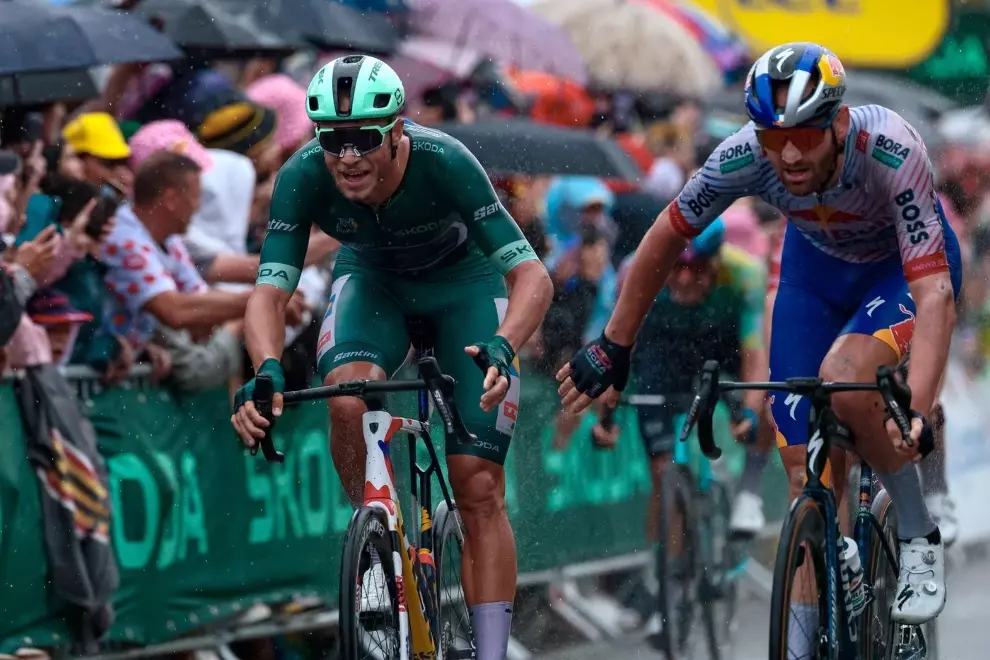It is run from Brussels by the European Cyclists’ Federation (ECF), and in the last three decades they have created 19 routes, which bisect the continent in every other direction. The ambitious project has had its hurdles in laying down its roots throughout the years, unsurprisingly due to its complex trans-national design. But, one that they are continually tinkering and improving.
Marta Orihuel is one of EuroVelo’s Project Officers, helping the scheme to develop their routes – eventually turning it into the heartbeat of Europe’s bike tourism industry.
https://www.instagram.com/p/CHGJrmAlvSy/?utm_source=ig_web_copy_link
“The 12 initial cycle routes were launched back in 1997, and EuroVelo was first managed by the ECF, Sustrans (cycling charity in the UK) and Foreningen Frie Fugle (Denmark).
“Since 2007, the EuroVelo network has been managed by the ECF in cooperation with a network of National EuroVelo Coordination Centres and Coordinators (NECC/Cs) and various project partners. There are currently 22 NECC/Cs, who between them cover a significant amount of the EuroVelo network.”
Getting all of these national bodies on board has taken its time for EuroVelo, but the advantage for those European nations is obvious. In 2016, €63 billion was created by the cycle tourism industry and that figure has only increased over the last five years.
https://www.instagram.com/p/CPayUEShwni/?utm_source=ig_web_copy_link
Marta is an avid cyclist herself, and she hopes the next few years can spark a cycling revolution across the continent. She explained: “Some data that we have gathered of the use on EuroVelo routes spotlights an increase of 16% on the use of the routes by leisure cyclists compared to 2019.”
“Studies from ADFC (Germany’s Cyclist Association) and others in the Netherlands and France support the trend. Travelling by bike is gaining momentum.”
The routes themselves vary in difficulty from the epic Route 7, stretching from the northernmost point of mainland Europe in Norway to Malta, to their more benign river routes on the Rhone, Rhine and Meuse.
These smaller routes are proving popular with leisure cyclists, and Marta feels that this could be the introduction many people need into EuroVelo and cycle tourism.
She continued: “It allows you to explore your own country and other countries with a low carbon footprint, whilst boosting local economies. The travel of tomorrow needs more cycling and environmentally and socially friendly ways to connect with tourism destinations, whilst boosting local economies.”
Away from the numbers and statistics, the routes have an incredibly romantic aspect too. The freedom and independence these routes give to people is incredibly powerful and so are the stories shared by those taking on the trails.
One is the story of Ida Riegels, who travelled EuroVelo 15 with both her bicycle and cello. Throughout her time on the bike, she created music inspired by her natural surroundings.
Another is how one couple travelled not one, but four routes from their home in London all the way to Turkey. Their love of cycle touring continues years later and, now, they are set to take their first child on their future adventures.
Both of these stories show how freeing this type of cycling can be – on the open road and away from your usual surroundings.
Marta finishes: “Many countries come together to work on this project, and that is something very powerful because there is a lot of trans-national collaboration. We want to drive change around Europe and get more and more people on their bikes, whoever they are.”
This project has been a long time in the making, and ECF have set the target of near-completion by 2030. If successful, it could reshape how we connect with Europe and how we see the continent – a connected space, ready to be explored at your own pace.




